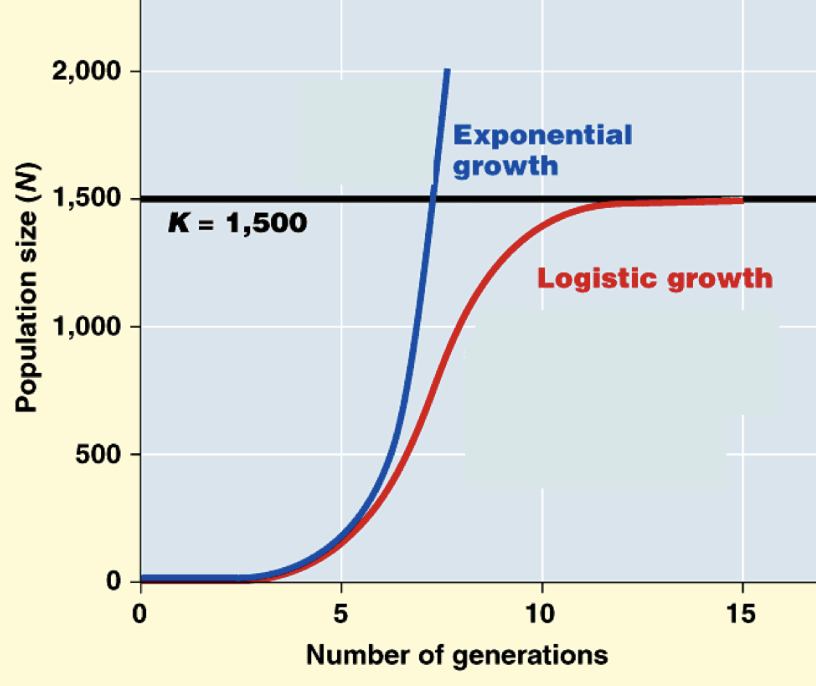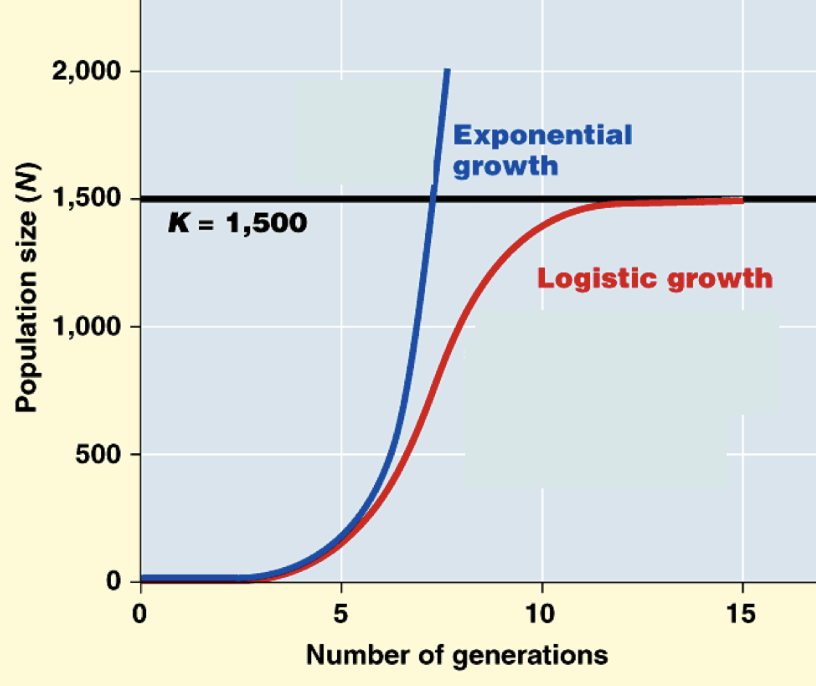Biology Terms
1/34
There's no tags or description
Looks like no tags are added yet.
Name | Mastery | Learn | Test | Matching | Spaced |
|---|
No study sessions yet.
35 Terms
Biotic Factors
The living parts of an ecosystem
Abiotic Factors
Nonliving, physical, and chemical parts of an ecosystem like air, rain, and soil.
Ecology
The study of the relationship between biotic and abiotic factors.
Organism
An individual living thing which can be made up of one cell, (unicellular) or multiple cells, (multi-cellular).
Populations
A group of organisms of the same species that live in the same place, and can interbreed
Community
All of the populations that reside in a certain area.
Ecosystem
The community, also known as biotic factors, and abiotic factors in a given area.
Biosphere
The sum of every ecosystem on earth.
Food chain
A food chain is a chain of organisms that eat each other.
Producers
Organisms that create their own food through sunlight energy.
Consumers
Organisms that eat other organisms, ie: Primary Consumers, Secondary Consumers, etc.
Decomposers
Decomposers eat dead organisms.
Food web
Several food chains connected together
Food pyramid
A food web that is drawn so that all roles are on the same level. ie: primary consumers on the same level, all consumers are on the same level, etc.
Trophic level
A trophic level is one of the levels in the food pyramid, and it has organisms that perform a similar role in a food chain.
Matter + Energy Relationship
Matter cycles and doesn’t need to be constantly supplied to an ecosystem like energy
Exponential growth
Occurs when the graph of population is shaped like a J.

Logistic growth
Type of growth that occurs when a graph of population reaches a plateau

Carrying capacity
The maximum population size of a certain species that an environment can handle.
Limiting factors
Physical, chemical, and biological factors that keep populations under the carrying capacity.
Environmental resistance
All the limiting factors taken together.
Population density
the number of individuals per unit of area.
Density-dependent limiting factors
Limiting factors whose influence is not based on population density. These include floods, fires, and landslides.(natural disasters)
Density-independent limiting factors
Limiting factors whose influence is not based on population density. These include floods, fires, and landslides.(natural disasters)
Mutualism
Interaction between two organisms where they both benefit from each other.
Commensalism
An interaction between two organisms where one benefits and the other remains the same.
Parasitism
Interaction between two organisms where the first organism feeds on the second one, harming it, but not eating it.
Predator and Prey relationship
Interaction between two organisms where the first one eats the second.
Intraspecies competition
competition within the same species
Interspecies competition
competition between different species